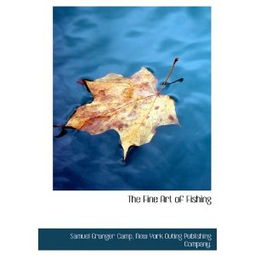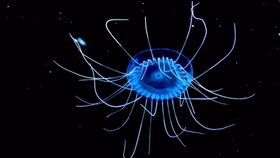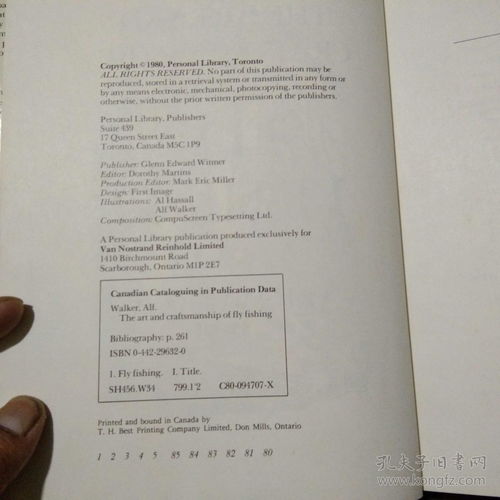Content:
Fishing in a natural small pond can be a serene and rewarding experience. The tranquil environment and the challenge of catching fish in a confined space make it a popular choice among anglers. However, fishing in a small pond requires specific techniques and strategies to be successful. In this article, we will discuss the essential tips and techniques for fishing in a natural small pond.
Choose the Right Location
The first step in fishing in a natural small pond is to find the best location. Look for areas with vegetation, as fish tend to congregate around these spots for cover and food. Pay attention to the depth of the pond, as fish are often found near the bottom or at different depths depending on the season.
Understand the Pond's Ecosystem
Before you start fishing, it's crucial to understand the pond's ecosystem. Research the types of fish that inhabit the pond and their feeding habits. This knowledge will help you choose the right bait and lures to attract them. Additionally, knowing the water temperature and weather conditions can give you an idea of where the fish might be hiding.
Use the Right Gear
When fishing in a small pond, it's essential to use the right gear. A lightweight rod and reel combination is ideal for a natural small pond, as it allows you to cast and retrieve more efficiently. Choose a rod with a moderate action, which is suitable for a variety of fishing techniques. A quality line, such as monofilament or fluorocarbon, is also important for reducing visibility and providing sensitivity.
Select the Appropriate Bait
The type of bait you choose can significantly impact your success in a natural small pond. Live bait, such as worms, minnows, or leeches, can be highly effective, as fish are more likely to strike at the real thing. Artificial lures, like spinners, jigs, or crankbaits, can also work well, especially when targeting species like panfish or bass.
Master the Art of Casting
Casting is a crucial skill when fishing in a small pond. Since space is limited, you need to be precise with your casts to avoid spooking the fish. Practice your casting technique to ensure that you can accurately place your bait near the fish without causing a commotion. Try different casting methods, such as the roll cast, sidearm cast, or overhead cast, to find the one that works best for you.
Be Patient and Observant

Fishing in a natural small pond requires patience and observation. Fish may not bite immediately, so it's essential to stay focused and be ready to strike when the opportunity arises. Pay attention to the water's surface, as fish often feed near the top. If you notice fish rising, it's a good sign that they are actively feeding, and you should be prepared to cast your bait in that area.
Adapt Your Technique
As you fish in a natural small pond, be prepared to adapt your technique based on the fish's behavior and the environment. If you're not having luck with one method, try changing your bait, lure, or fishing location. Observe the fish's movements and adjust your approach accordingly.
Respect the Pond and Its Inhabitants
Lastly, it's important to respect the pond and its inhabitants. Follow local fishing regulations and guidelines, and be mindful of the environment. Avoid disturbing the pond's ecosystem, and practice catch-and-release fishing if the pond is a designated catch-and-release area.
In conclusion, fishing in a natural small pond can be a challenging yet enjoyable experience. By following these tips and techniques, you'll be well on your way to becoming a successful angler in a small pond. Remember to be patient, observant, and adaptable, and you'll increase your chances of catching fish in this serene and picturesque setting. Happy fishing!












